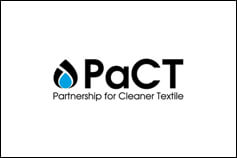Thirty-nine years ago Bangladesh tentatively stepped into the global apparel scene with a small consignment of 13 million Francs to a Paris-based firm in 1978. Today it exports .14 billion or 6.4% of the global apparel pie. The country’s trade critically depends on this commodity that represents 82% of Bangladesh’s exports.
By 2021 the export target has been set at billion. With the decline of China in the apparel world, especially in the cheap and medium categories, the target looks possible.
But the success comes at a huge environmental cost. We don’t even know about it.
Every year 1,500 billion litres of water is used to dye and wash the cotton and clothes for the garment industry, according to a study of the International Finance Corporation. This is enough to fill up 600,000 Olympic swimming pools.
Or you may think it this way. This same water can meet the demand of 8 lakh people for a whole year.
For the average jeans you wear that weighs 1kg, it takes 250 litres of water to wash. And all this has to be sweet water, a precious commodity, pumped out from underground.
The dyeing and finishing plants are the major pollutants of our water. Turag that flows by Tongi is almost dead with pollution. Its water looks ink black and gives out such a foul smell that one c an literally feel their lungs tingling with each breath.
Bangladesh has some 789 dyeing and finishing factories to serve some 4,000 garment factories, according to IFC. They are the major consumers of underground water and also contributor to pollution.
IFC looked closely at Konabari area in Gazipur, which houses 33 washing, dyeing and finishing units. They consume about 13 billion litres of fresh water a year.
As the inefficient plants draw more water to treat the same quantity of fabrics, they use more chemicals to do the job. More chemicals mean more pollution. If they could cut their water requirement by one fourth, which is very much possible with available technology, they could have substantially cut use of chemicals and thereby pollution too.
Also more water needs more gas to heat for the dyeing and finishing of fabrics. Gas is a scarce commodity. Bangladesh is already running short of gas. The inefficient plants are just adding to the crisis.
It does not need to use all that water to wash every kg of apparel. As we said earlier, Bangladesh uses 250 litres of water whereas the global standard is 60 to 70 litres . That is four times less than what we use. Experts say this use of water can be further reduced to 13.5 liters.
Every year, around 21.6 million cubic metres of water were saved by the intervention of Partnership for Cleaner Textile (PaCT) programme of International Finance Corporation (IFC), which worked with 200 factories.
Nishat Shahid Chowdhury, programme manger at PaCT, said these 200 factories could save million a year just by reducing water consumption.
In Bangladesh, works are underway. A few factories are changing their operations to be more water efficient. International Finance Corporation (IFC) has introduced a programme styled Partnership for Cleaner Textile (PaCT) to reduce water, energy and chemical use in the textiles industry. It has partnered with 200 textile factories to help them implement cleaner operations.
Fakir Apparels Limited of Narayanganj is one of them to adopt clean operation. Before this, it used 24.96 crore litres of water to wash and dye 1,200 tonnes of fabric a month. But after changing technology, it has reduced water use to 6.96 crore litres. This is a saving of 70 percent of water.
To read more please click here.
Featured News
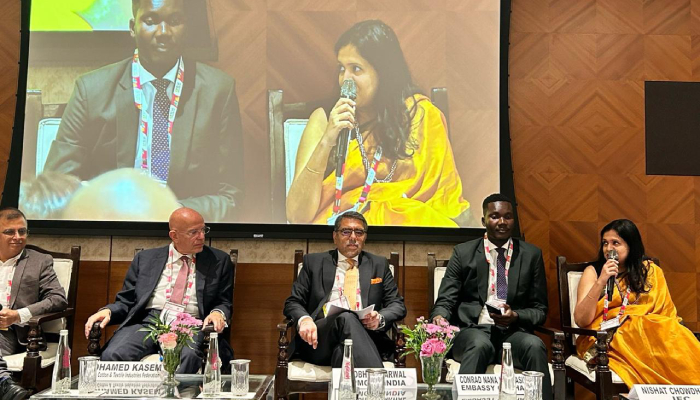
PaCT program manager attends Bharat Tex as panelist
March 6, 2024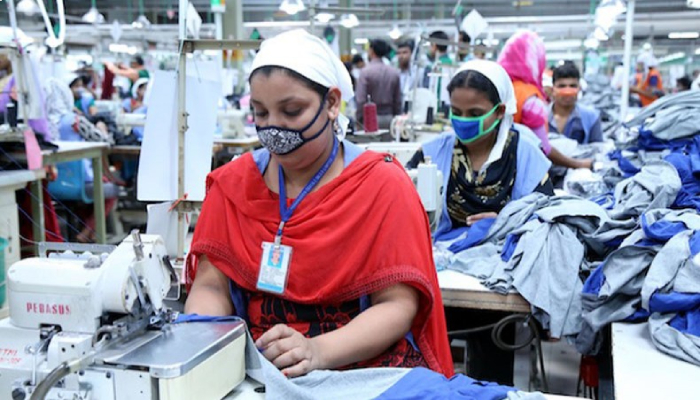
Number of LEED certified factories in RMG reaches 202
September 17, 2023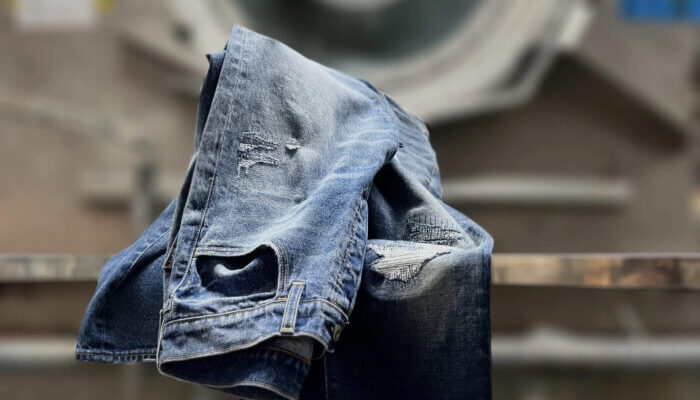
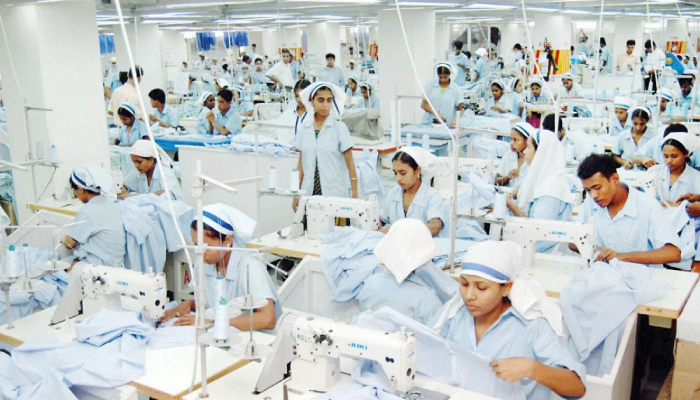
Spearheading sustainable industries
August 6, 2023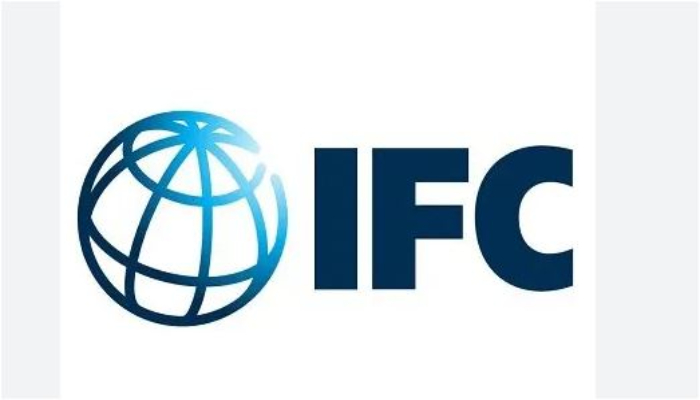
IFC organizes Africa-Asia Roadshow in Bangladesh
June 19, 2023

